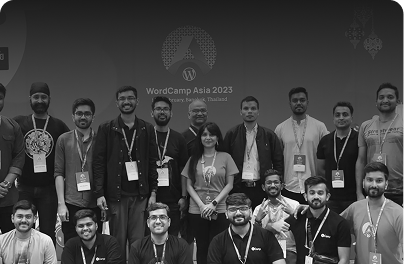How implementations are different in Kentico and WordPress
Kentico offers two development models-
- ASP.NET Core application – A live front-facing site is presented by a standard ASP.NET Core application, which is responsible for providing you access to the ASP.NET Core framework, as the Xperience API is integrated into the application using NuGet packages.
- Xperience application – The back end is intended for content repository that provides the needed control to the admin interface, and is useful for content and user management.
Kentico has created a framework in such a way that live web users interact only with the core application. When a user sends a request for a page, the Core application will route the URL to the correct controller action. This action will tell Xperience API to pull data from the database and prepare a model with this data, which is then passed to render the page in the browser.
Next, on the backend, editors manage content through the Xperience administration interface. They can create and edit pages built within the content tree by using structured fields or a page builder interface. Developers are open to using the Core application to access the Xperience API and display the content on the live site.
Both the Core application and the Xperience administration are configured to run on web farm servers, synchronizing data and files so that any changes in one are instantly available in the other. This setup allows for seamless updates and shared database access, ensuring content is always current across the site.
Here’s an image of their implementation to put things into better perspective-

Many large businesses and enterprises rely on this framework to transition to a hybrid CMS solution. However, let’s take a closer look at WordPress and why, at rtCamp, we believe it offers a better hybrid implementation.
WordPress as we all know operates effectively as a single integrated application, and also offers a headless setup that separates the front and back ends. This makes a big impact by reducing management and potential technical complexities. However, it still integrates both front-end presentation and back-end management into one co-working system. With REST API/GraphQL, WordPress also allows for fast and efficient interactions between the two separated systems, similar to Kentico but more streamlined.
Here’s how a WordPress headless environment works:

A WordPress headless architecture helps you separate content editing from the front end. So both the content team and developers can work together independently to deliver bespoke content experiences.
From configuring the core application to setting up display pages, the WordPress dashboard is highly user-friendly and easy for editors to navigate, making content creation more accessible with less training as compared to Kentico. Moreover, Gutenberg (the Block Editor) helps design pages with reusable blocks, which is a step ahead of Kentico’s page builder.

And with so many enterprises already showing what’s possible with WordPress as a headless solution, it’s only going to see more adoption.







